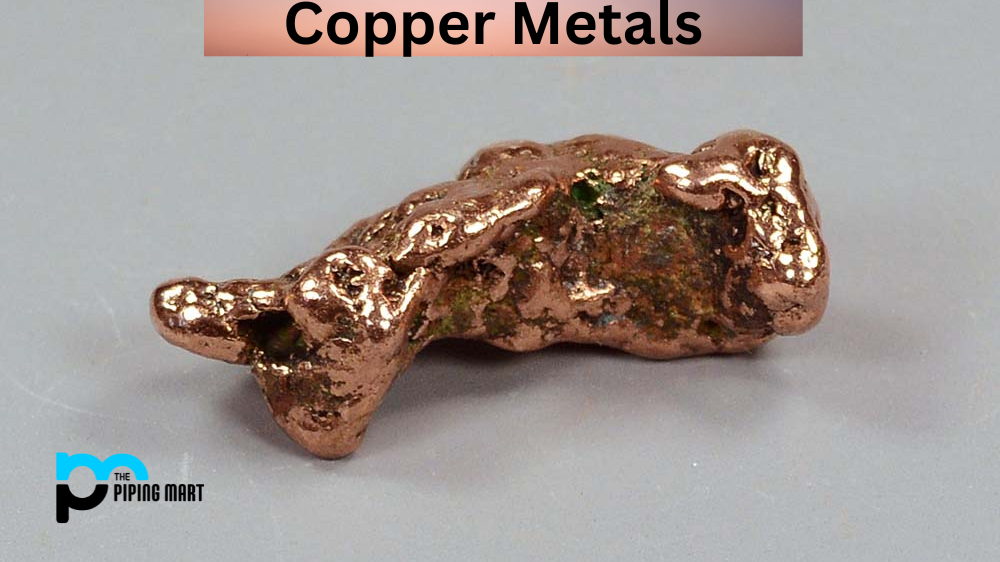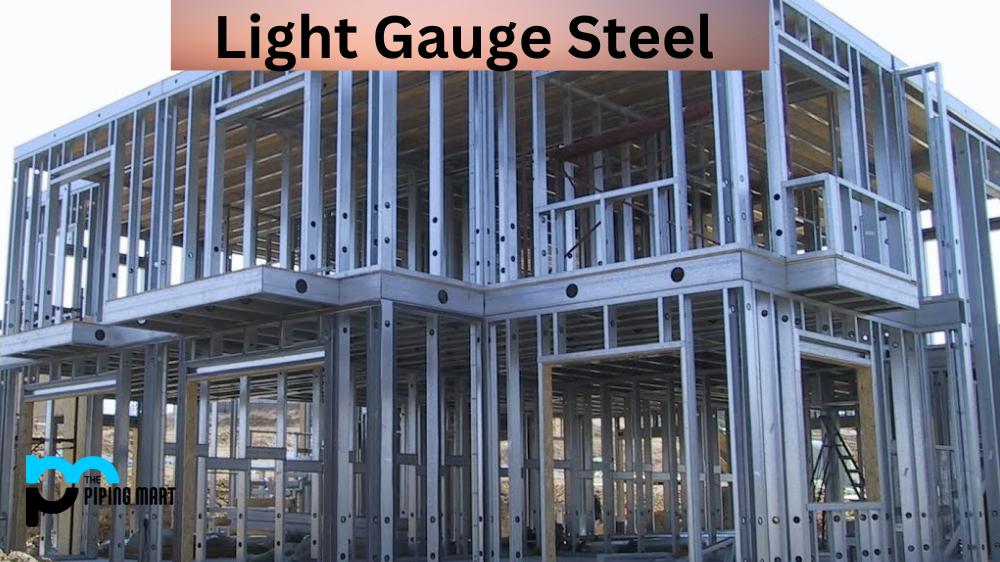Are you looking for the right type of copper metal for your project? Copper is a great material for many applications, from jewelry making to home renovations and so much more in between. But with so many different types of copper available, it can be difficult to know which one is best suited for your project. Let’s look at some key factors that can help you choose the perfect copper metal for your needs.
Types of Copper Metal
The first step in choosing the right type of copper metal is to understand the different types available. There are three main categories of copper metals: pure copper, brass, and bronze. Each has its own unique properties and benefits that make them ideal for certain projects.
Pure Copper:
Pure copper is the most malleable type of copper metal and is often used in electrical wiring due to its high conductivity and resistance to corrosion. It’s also an excellent choice for jewelry making because it’s easy to work with and doesn’t tarnish quickly like other metals.
Brass:
Brass is an alloy made up mostly of copper combined with zinc and sometimes other metals as well. It has a yellowish hue that makes it popular in decorative applications such as sculptures or fixtures. Brass also has excellent corrosion resistance, making it a great choice for outdoor projects like fencing or plumbing fixtures.
Bronze:
Bronze is another alloy made up primarily of copper combined with tin or zinc. It’s often used in marine applications due to its strength and durability against saltwater corrosion. Bronze also has a nice golden hue, making it popular in artworks or architectural features like door handles or window frames.
Considerations When Choosing Copper Metal
Once you have identified the types of metal available, there are several important considerations when selecting one for your project. These include cost, strength, durability, formability, finishing options, and more. For example, if cost is an issue, then pure copper may be better than brass or bronze because it tends to be less expensive while still offering good performance characteristics. On the other hand, if strength or durability is important, then brass or bronze may be better suited since they tend to be stronger than pure copper while still being relatively affordable compared to other metals such as steel or aluminum alloys. Additionally, formability should also be taken into consideration when selecting a metal since some may require specialized tools or processes for shaping into desired shapes or forms before finishing can begin (e.g., annealing). Lastly, depending on your application, you may need specific finish requirements such as plating or patination, which can further narrow down your selection process by eliminating certain metals from consideration (e.g., pure copper cannot be plated).
Conclusion:
Selecting the right type of copper metal for your project requires careful consideration based on cost, strength/durability requirements, formability needs, finishing options desired (if any), etc. Fortunately, there are three main categories—pure copper, brass, and bronze—each with their own unique properties and benefits that make them ideal for certain projects depending on the specific requirements mentioned above. With thorough research into each type’s pros & cons, plus taking into account what type fits best within budget & timeframe parameters – you’ll find yourself equipped with all the necessary information needed when choosing which type will get you closer towards achieving success on whatever project lies ahead! All that’s left now is putting this knowledge into action & creating something beautiful! Good luck!
Sakshee is a talented blogger, with a particular focus on the Business and Metal Industry. She is passionate about sharing her insights on various metal products and helping professionals to make a better decisions.




